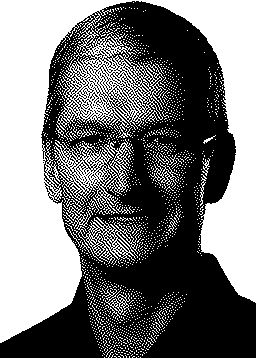23rd May 2018 Apple’s Third Era

Here’s a bit of numerology for you. Today marks 17 years, one month, and 29 days since Mac OS X 10.0 was released on March 24, 2001. That’s a strangely odd number—6,269 days—but it also happens to be the exact length of time between January 24, 1984 (the launch of the original Macintosh) and March 24, 2001.
In other words, today the Mac’s second operating system era, powered by Mac OS X (now macOS) has been in existence as long as the first era was.
I grew up with Macintosh 512K in my home, a computer that is almost as old as I am. I have known the Mac all my life, and yet I am still surprised Mac OS X is as old as the Classic Mac era that came before it.
Perhaps this is because:
- I was not fully aware of the first era during the early years of my childhood.
- The first era saw several long years of stagnation; I am looking at you System 7.
- The second era began during my adolescence — in the early 2000’s — when Internet adoption, technological innovation, and Apple’s growth were accelerating.
No matter which era feels longer, the truth is we are all now living in the third era of Apple system software. An era where iOS has replaced Mac OS as Apple’s most important platform. iOS comes with all of advantages of the first two eras:
- The adoption of multi-touch and universal wireless data changed the world just as much as the introduction of the GUI in the first era.
- With over 11 annual iterations the third era has never showed signs of slowing down due to a lack of innovation the way the first era did.
- The third era has already witnessed an increased rate or Internet adoption, technological innovation, and growth that far exceeds the second era.
And yet for me Apple’s third era feels the least significant. Perhaps this is because iOS — at 3,981 days since its introduction — has still not replaced the Mac I am using today.